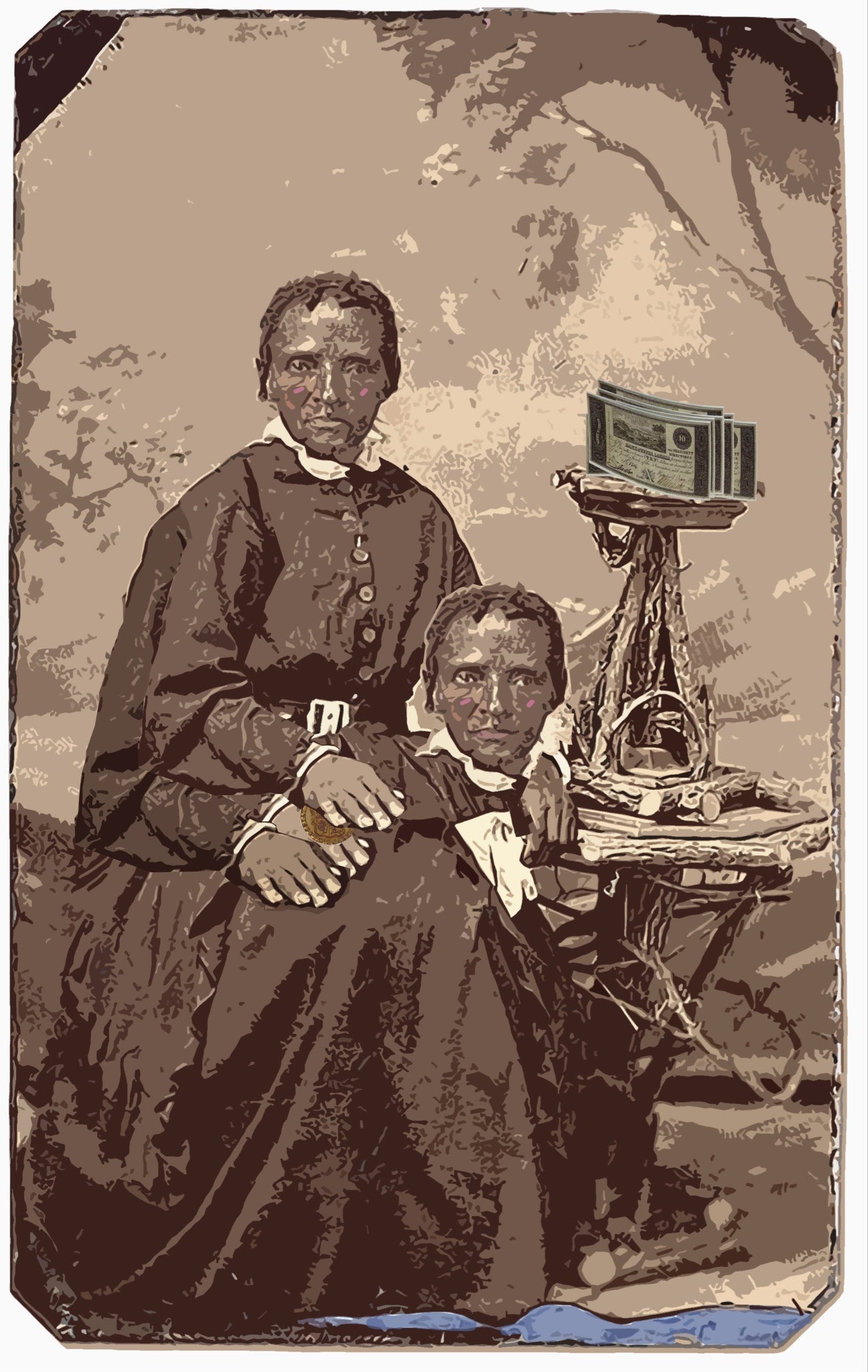Unknown women
Identity narrative
Adventures, Experiences, Strengths
Native land, Black bodies
Commodity, Tool, Import, Export
Kidnap and Capture
Enslavement
Distort, Scar
Canada’s dystopian past
18th century
Lana Lovell is a writer, producer and social entrepreneur using documentary, theatre, and digital media to create rich cultural experiences that portrays Black and diaspora cultures. She’s an emerging -playwright and producer, although an experienced documentary filmmaker. Her work reflects her experiences and concerns as a Black woman living in the world, from her play “Elbow Room,” to her latest project “The Sophia Pooley Years”. Lana’s documentaries have screened in national and international festivals including: African World Film Festival, Detroit Windsor International Film Festival, International Black Film Festival of Nashville, Urban MediaMakers Film Festival, International Black Film Festival (London, England), Trinidad and Tobago Film Festival, Images and Toronto Hot Doc Film Festival.
The Sophia Pooley Years is an exploration of early Canadian history for Black women through a short multimedia presentation. The project is inspired by a 700-word narrative account of a real historical figure in Canada’s earliest colonial history: Sophia Pooley, an enslaved woman, in a time when women’s stories were not recorded, except when their lives converged with the stories of “great” men. Using Sophia Pooley’s story as a point of departure, this project collates and reimagines historical research that honours Black acts of resistance, survival and memory.

Unknown women
Identity narrative
Adventures, Experiences, Strengths
Native land, Black bodies
Commodity, Tool, Import, Export
Kidnap and Capture
Enslavement
Distort, Scar
Canada’s dystopian past
18th century

The text in "Flower - childhood" is Sophia Pooley’s narrative as she remembers moments of her 'childhood' after she was kidnapped from her parents and sold away. She believed she was the first “coloured" woman brought to Canada around 1773. Sophia was not the first, there were other enslaved Black women in Canada from the late 1600s until 1831.
The wild flowers were of Sophia’s time. The Yellow flower of Echinacea and the Echinacea pururea 'Maxima’ (rose coloured daisy flower) were only found in eastern and central North America. They grew in prairies and open wooded areas. Sophia would also have seen the ubiquitous wetland tall grasses fluttering in the breeze. Although she rarely saw white people as a child, they were in Canada and influencing the wild flowers. To aid in horticulture, they introduced and naturalized the Queen Anne's lace, Daucus carota, a white flowering plant that was native to Europe.
Perhaps these wild flowers brought some comfort and beauty to the young girl’s life.